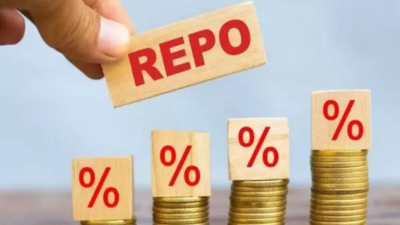The US market, which accounts for 35 per cent of Indian natural polished diamond exports in fiscal 2025, is expected to face additional challenges following recent US tariffs and penalties, according to Crisil Ratings.A slowdown in natural diamond demand has already been observed in the US market, officials noted.“Added to this, reduced offtake by retailers post announcement of 10 per cent tariff on Indian exports in April 2025, brought down the share of the US in polished diamond exports to 24 per cent in the first quarter of this fiscal from 37 per cent for the same period last fiscal,” said Rahul Guha, Senior Director at Crisil Ratings, quoted by ANI.“In the milieu, the revenue of Indian diamond polishers can decrease a further 20-25 per cent this fiscal to USD 10-11 billion,” Guha added.Meanwhile, Himank Sharma, Director, Crisil Ratings, said, “Natural diamond polishers, traditionally operating at thin margins of 4-5 per cent, will have limited ability to absorb the tariff-induced price rise. As a result, miners and retailers may need to step in to absorb some of the price shocks.”During fiscal 2025, natural diamond export volumes remained restricted due to decreased Chinese demand and US competition from LGD. Despite fourth-quarter sales efforts to avoid tariffs and limited price reductions, natural diamond export revenues declined by 17 per cent to USD 13.3 billion.As the world’s leading diamond exporter and primary gold consumer, India holds significant influence in the global market.The US announcement on July 30 by Trump of a 25 per cent tariff on India, along with additional penalties for Russian oil purchases, has caused significant worry amongst Indian Gems and Jewellery sector stakeholders, who anticipate immediate market disruptions, workforce reductions and increased costs for US consumers.Nevertheless, industry leaders remain optimistic, citing India’s diversified trade relationships through recent FTAs with the UK, Australia, and the UAE as protective measures, suggesting the US might experience greater long-term consequences than India.






